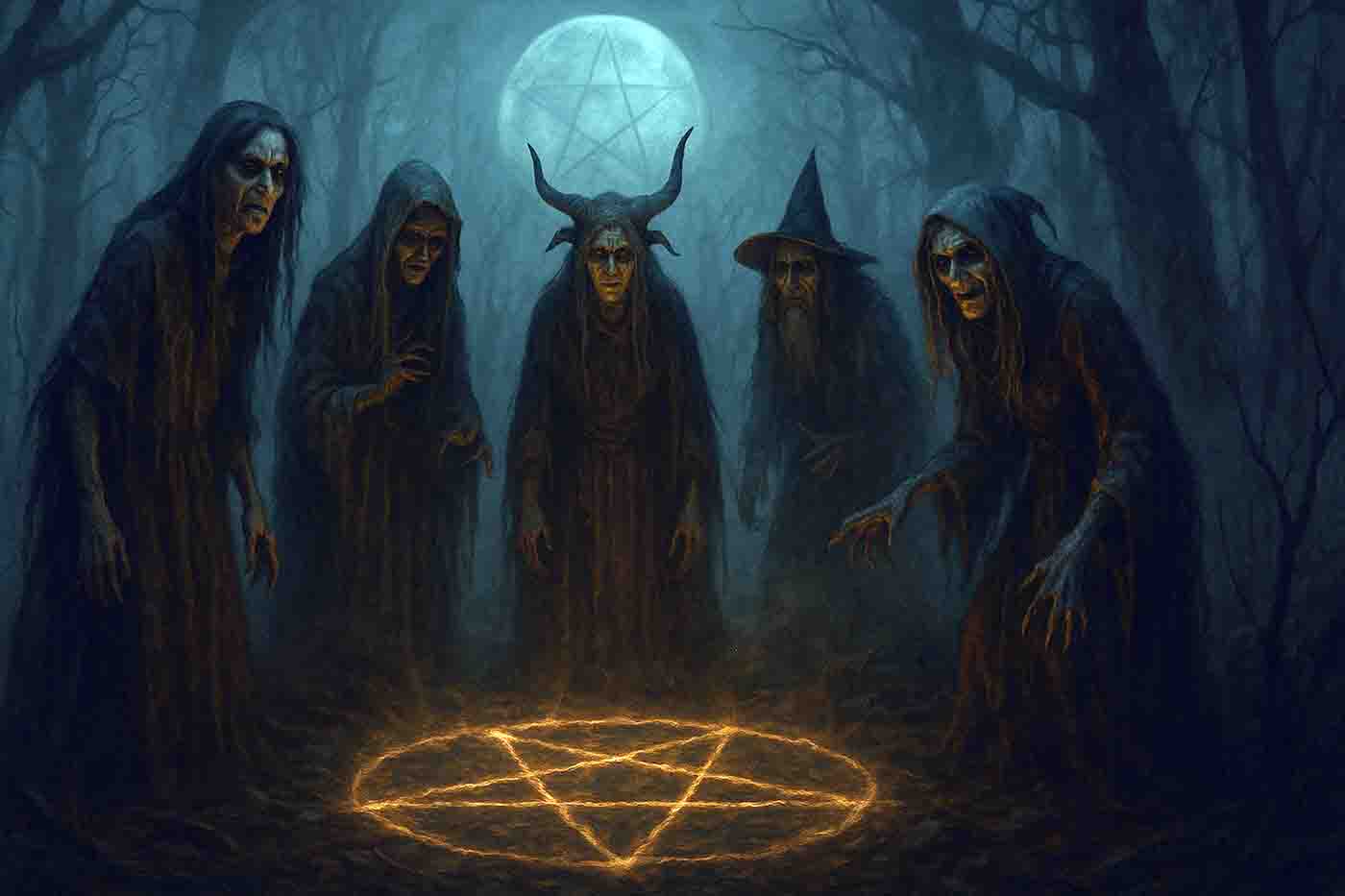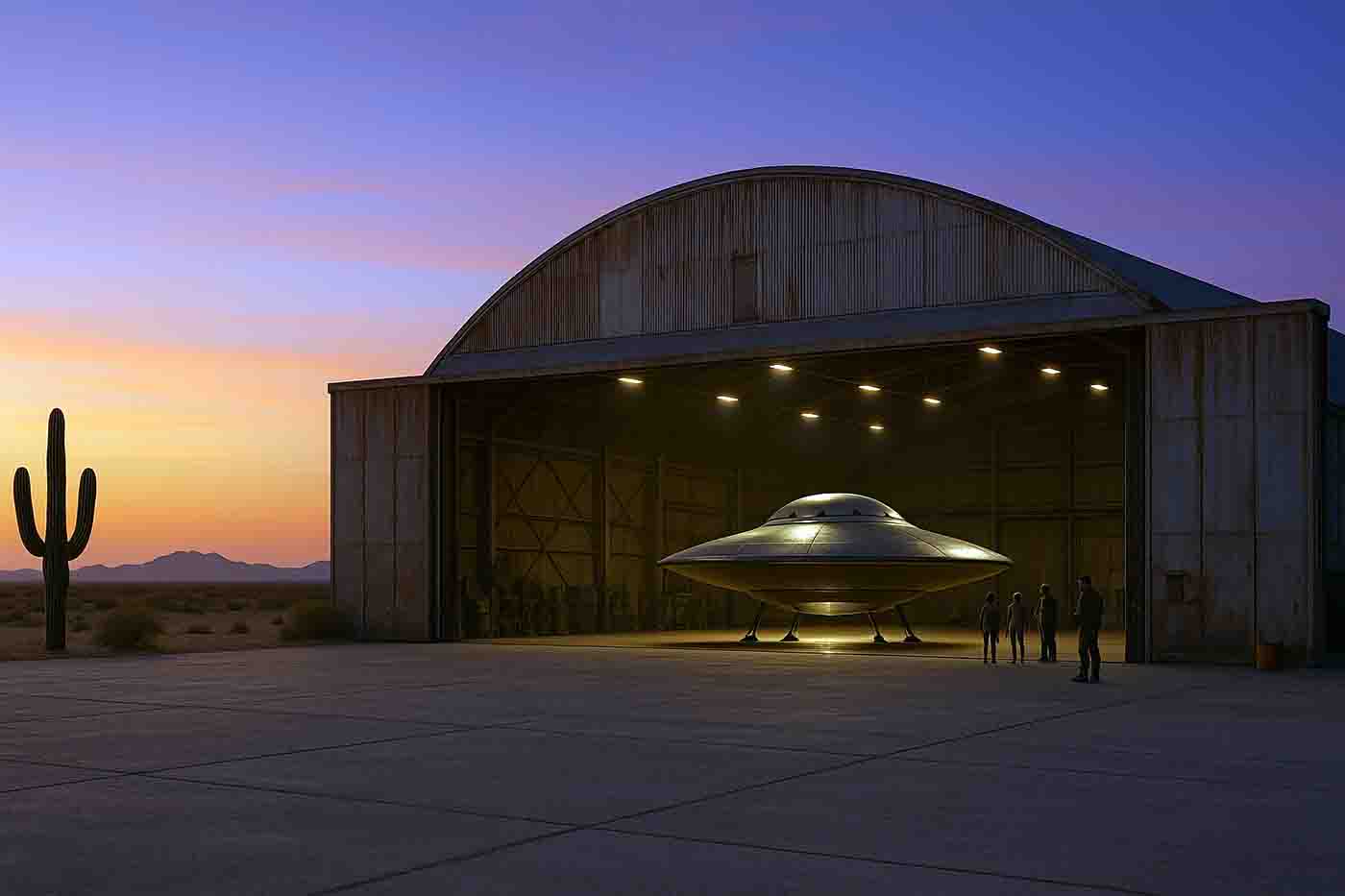July 20, 2024 marked the 55th anniversary of the moon landing of 1969, when NASA’s Apollo 11 mission saw astronauts Neil Armstrong and Buzz Aldrin set foot on the lunar surface. It is often celebrated as one of humanity’s greatest achievements. However, despite the extensive evidence and scientific consensus supporting its authenticity, a persistent minority continues to question its reality. Let’s delve into the arguments on both sides.
Arguments Supporting the Moon Landing’s Authenticity
1. Photographic and Video Evidence: NASA has released a vast array of photos and videos from the Apollo missions, showing the lunar surface, astronauts’ activities, and the Earth from the moon. Independent experts have analyzed this media extensively, finding no credible evidence of forgery.
2. Rock Samples: The Apollo missions brought back 382 kilograms of lunar rocks, soil, and core samples. These materials have been studied worldwide and found to possess unique characteristics distinct from terrestrial materials, supporting their extraterrestrial origin.
3. Tracking and Communication: The Apollo missions were tracked by multiple countries, including the Soviet Union, the USA’s Cold War adversary. Independent radio telescopes and tracking stations followed the missions, making it highly improbable that such a significant endeavor could be faked without detection.
4. Technological Feats: The engineering and scientific achievements required for the moon landing were groundbreaking and documented. The development of the Saturn V rocket, the lunar module, and the complex guidance systems were all monumental tasks, well-documented and corroborated by thousands of engineers and scientists involved in the mission.
5. Continuous Evidence: Subsequent missions, such as the Lunar Reconnaissance Orbiter (LRO), have captured images of the Apollo landing sites, showing equipment and tracks left by the astronauts. These images match the records from the Apollo missions, providing ongoing evidence of their validity.
Arguments Against the Moon Landing
1. Photographic Anomalies: Skeptics often point to perceived inconsistencies in the photographs, such as the direction of shadows, the apparent absence of stars in the sky, and the way the American flag appears to wave, despite the moon having no atmosphere. They argue these inconsistencies suggest the photos were taken on a soundstage.
2. Radiation Belts: Detractors argue that the Van Allen radiation belts surrounding Earth would have posed a lethal risk to astronauts passing through them without adequate protection. They claim the technology of the 1960s was insufficient to shield astronauts from such intense radiation.
3. Rocket Technology Doubts: Some skeptics question the capability of the Saturn V rocket, citing the significant challenges in engineering and physics that needed to be overcome. They argue that the complexity and risk of the mission would have been too great for the technology of the time.
4. Political Motivation: The moon landing occurred during the height of the Cold War, leading some to believe it was a propaganda effort to demonstrate American superiority over the Soviet Union. They suggest the U.S. government had a strong incentive to fake the landing to achieve a psychological victory.
While arguments exist on both sides, the overwhelming majority of evidence supports the reality of the moon landing. The detailed documentation, independent verification, and continuous scientific validation present a compelling case for its authenticity. However, as with many historical events, the moon landing will likely continue to be a topic of debate, fueled by skepticism and the intrigue of conspiracy theories.
Was the Moon Landing Real? Examining Both Sides Was the Moon Landing Real? Examining Both Sides



